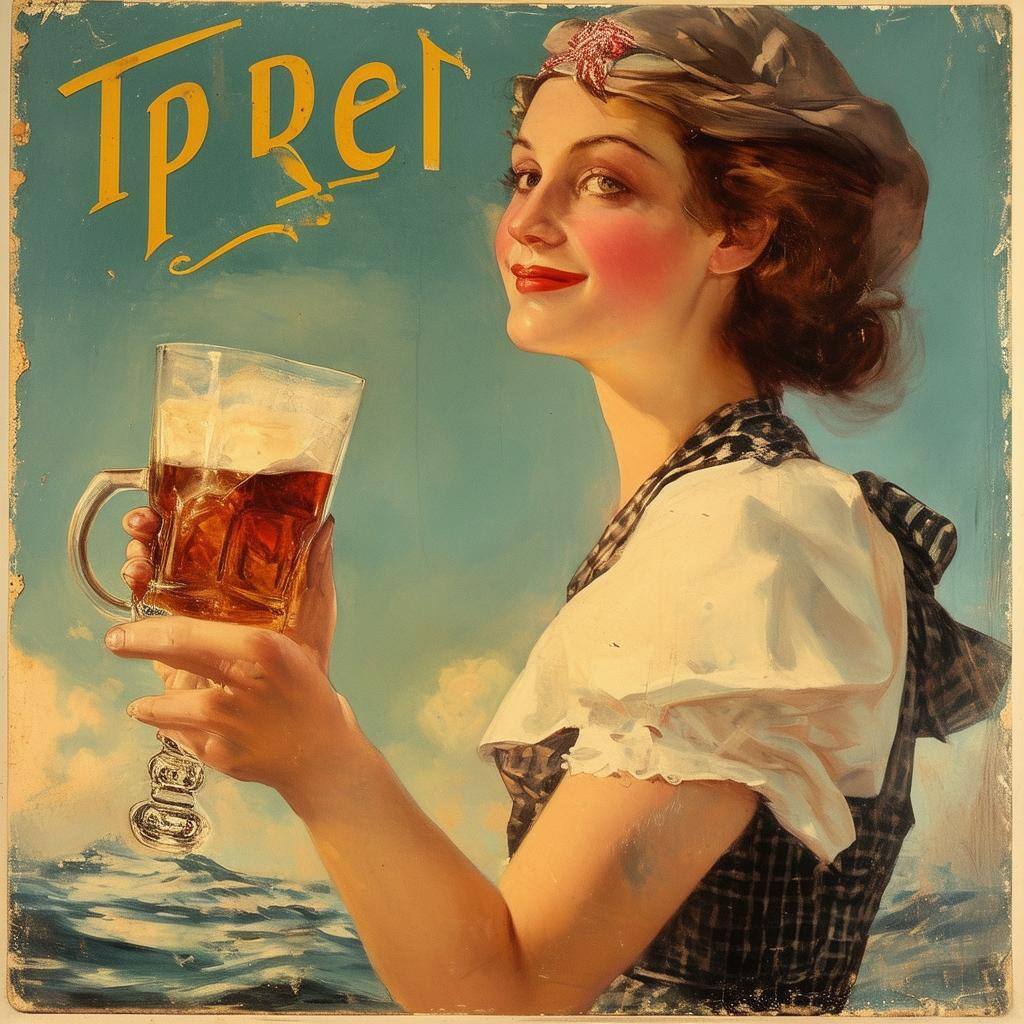Traditional marketing can be a costly gamble with no guaranteed returns. In this article, we’ll explore why upfront investments often fail to deliver results and how a revenue share model offers a smarter, risk-free alternative.
Performance Marketing Revenue Share Marketing ROI Digital Advertising
Traditional marketing often requires businesses to invest heavily upfront with no guarantees of success. Campaigns can drain budgets quickly without delivering measurable ROI, leaving businesses wondering if their money was well spent. A performance-based revenue share model flips the script, aligning costs with actual results and ensuring every dollar spent contributes to growth.
Table of Content
- Why Traditional Marketing Costs Too Much
- Breaking Down the Hidden Costs of Traditional Marketing
- The ROI Problem with Upfront Marketing Investments
- How Revenue Share Marketing Aligns with Your Success
Take AwayS
- Why traditional marketing often fails to deliver a strong ROI
- How a performance-based model aligns costs with success
- Key benefits of adopting a revenue share approach for growth
Why Traditional Marketing Costs Too Much
Traditional marketing campaigns are frontloaded with costs. Businesses pay for ad placements, creative development, and agency fees before seeing a single result. For many, this approach becomes a money pit when campaigns don’t hit their targets.
Hidden costs like ineffective targeting, high customer acquisition costs, and poor conversion rates exacerbate the problem. Additionally, traditional marketing doesn’t always provide transparency, making it hard to assess whether your investment is driving meaningful growth.
This is where performance marketing shines. By tying costs directly to results, you eliminate the risk of overpaying for campaigns that fail to deliver.
Breaking down the costs of traditional marketing versus performance-based models
How a Revenue Share Model Solves the Problem
A revenue share model ensures that your marketing partner only earns when you do. Instead of paying hefty upfront fees, you share a portion of the revenue generated from successful campaigns. This approach creates aligned incentives, guaranteeing that your marketing team is as committed to your success as you are.
With performance marketing, transparency is baked into the process. You gain real-time insights into campaign performance and ROI, ensuring every dollar spent drives measurable growth. Plus, the risk-free nature of this model allows you to scale confidently without worrying about wasted budgets.
Summary:
- Costs tied directly to revenue growth for risk-free marketing
- Transparent reporting ensures clear ROI tracking
- Shared incentives drive better performance and results
Avoiding Common Pitfalls in Revenue Share Marketing
While a revenue share model offers significant advantages, success still depends on choosing the right partner. Look for a team with a proven track record in your industry, transparent processes, and a commitment to data-driven strategies.
Avoid pitfalls like unclear agreements or vague performance metrics. Make sure both parties understand how revenue share will be calculated and agree on KPIs upfront. A clear plan ensures that your campaigns are set up for success from the start.
Conclusion
Traditional marketing can be a costly gamble, but it doesn’t have to be. By adopting a performance-based revenue share model, you align your marketing spend with results, reduce upfront risk, and ensure every campaign drives measurable growth. Ready to get started? Discover how revenue share marketing can work for your business today.






